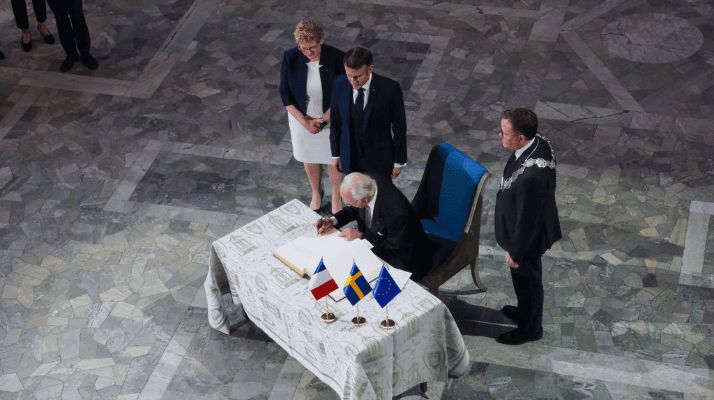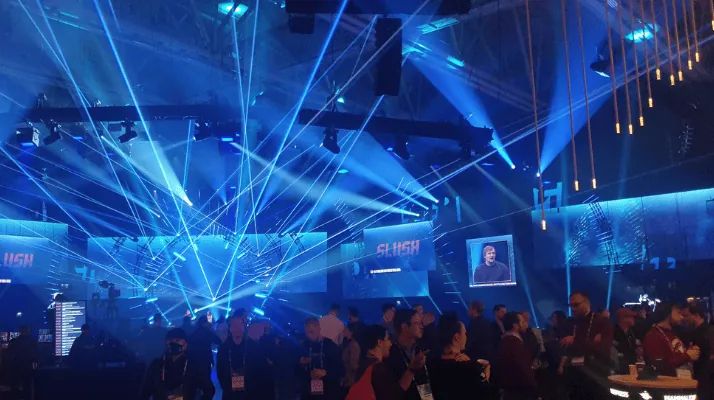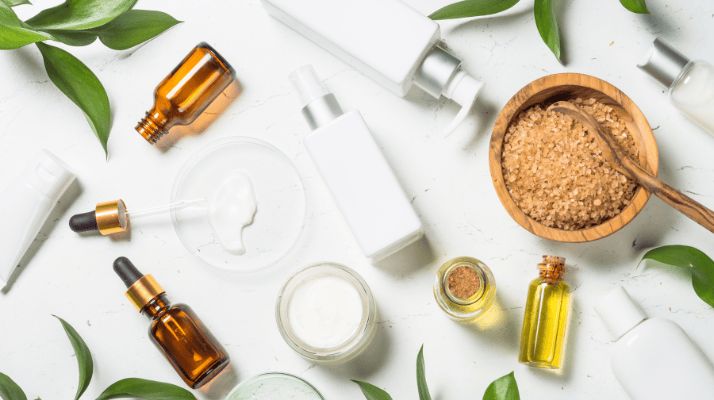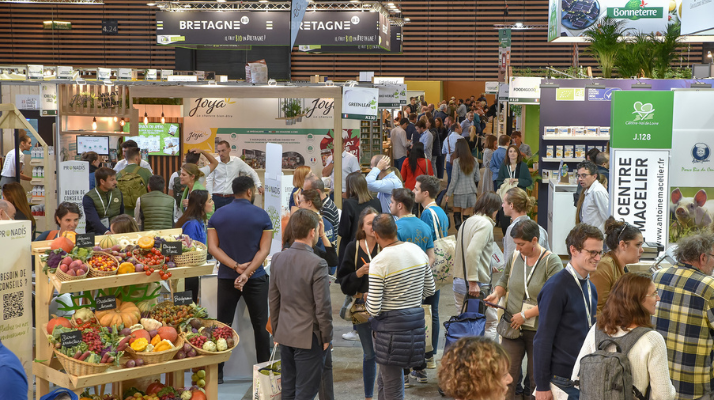- Market Info
3D Sand Printing to support prototyping and castings
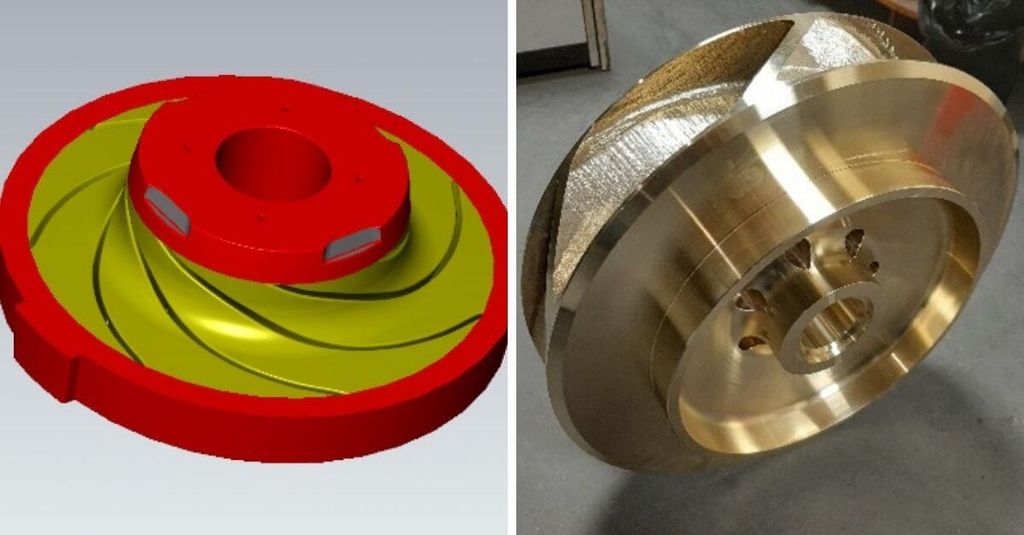
3D Printing is often referred to as direct part marking, but other technologies bring new capabilities to sand-casted aluminum bronze components. 3D sand printing consists of indirectly printing patterns and cores in sand with a process called “Binder Jetting”: this enables direct use of 3D CAD drawings for molding instead of going through a pattern-making step, especially at a prototype stage when the design is not yet finalized or when needing just one-off parts (in general spare components on old equipment in the field).
How does it work?
Inoxyda has experienced this process on several projects with each time excellent results by following an approach starting with the customer 3D CAD model and:
- Adding machining overstock,
- Including feeders and risers for the mold,
- Casting simulation (usually with Magmasoft),
- Printing the top and bottom mold as well as all the different cores,
- Mold assembly.
Thanks to experience, all those steps are now mastered.
A significant advantage of 3D sand printing as opposed to direct 3D part marking lies in the fact that by keeping the original casting and melting technologies, we keep the same metallurgy, quality, and mechanical properties as in a pattern based casted part, which is not the case with direct part marking; thus, avoiding costly component requalification.
Read more: Aluminium bronze alloys in navy and renewable energy applications
Are all applications compatible with the process?
The main issue with the current technology is the parts’ size, as 3D sand printers are still expensive for large dimensions. But solutions exist, particularly by printing sub-modules of either pattern or cores and then assembling them.
Due to existing printing speed but also cost issues, this technology, which is still at its early stages, is for the moment to be used on a case-by-case basis, which for instance, might mean in combination with conventional sand casting as illustrated in the summary chart below:

Know-how made available for Scandinavian Industries
3D Sand Printing Casting Technology combined with expertise in Aluminium Bronze Alloys help develop complex cast components for pumps, valves, and heat exchangers operating in a marine environment subject to seawater corrosion. Scandinavian countries have a long experience in Shipbuilding and Navy industries, so implementing this design approach is an opportunity for new complex projects.
Inoxyda, in cooperation with Hj. Edwards & Co. will present those new capabilities at the Elmia subcontractor trade fair from November 9-12 in Jönköping, Sweden. You will find them on stand A03:30 during the show.

Benoit François
Sales Scandinavia
Hj. Edwards & Co AB
Metangatan 1P. SE-431 53, Mölndal
Tel +46 76 135 59 54
www.edwards.se
